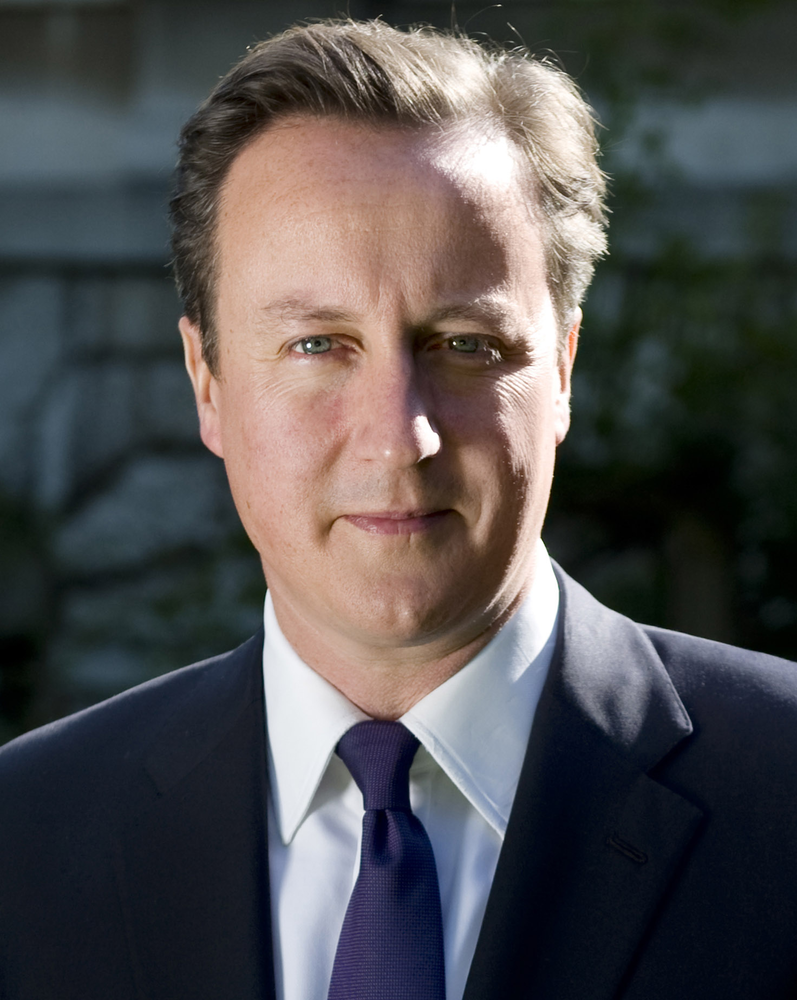Brain scans could reveal political tendencies,  scientists have shown.
scientists have shown.
In a new study published in Current Biology, 90 young adults were asked to report their political opinions and then examined in an MRI brain scanner.
Amongst those reporting more liberal views, the anterior cingulate cortex (ACC) was significantly larger than in people with more conservative tendencies. More right-wing participants instead had a larger right amygdala.
The ACC is an area involved in error detection and response to conflicting information. This agrees with previous studies showing that liberals are more responsive to conflict or ambiguity.
The amygdala, on the other hand, is involved in emotion, and particularly fear, which fits with the fact that individuals with more conservative viewpoints tend to be more fearful and respond more aggressively to threatening situations than their more left-wing counterparts.
Based on these findings, the researchers then successfully determined the political allegiances of a second group of subjects, using just their brain scans.
"We could predict whether people were at the extremes of the [political] spectrum with an accuracy of about 70-85%," said study author Geraint Rees.
But Rees emphasises that there is no single "conservative" or "liberal" area of the brain.
"Like all brain regions, they do lots of different things, so it would be a mistake to link from what we've found - that people who describe themselves as liberal or conservative - have one particular brain function that's different."
And as Rees points out, these structural differences are not "hardwired" into the brain, and it is impossible to tell from a snapshot of attitudes and brain structures whether someone is born with a brain shape that determines a political leaning, or whether attitudes mould brains over time.
One way to resolve this question would be through a longitudinal study, which follows participants up over a long period. "I think it would be very interesting to understand how political attitudes develop and change ... if we could track people over time then it would be possible to see if these brain structures change in a similar way."
So, politicians defecting from left to right - or the reverse - may have to change not just the colours of their ties, but the shapes of their brains too...
Professor Geraint Rees explains how political attitudes are reflected in brain structure.










Comments
Add a comment